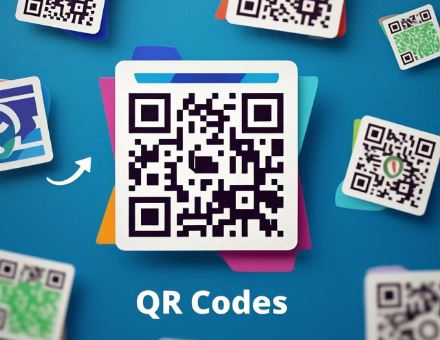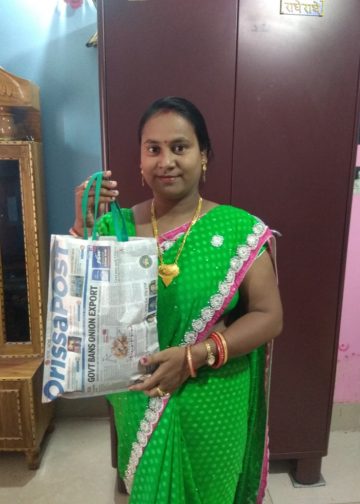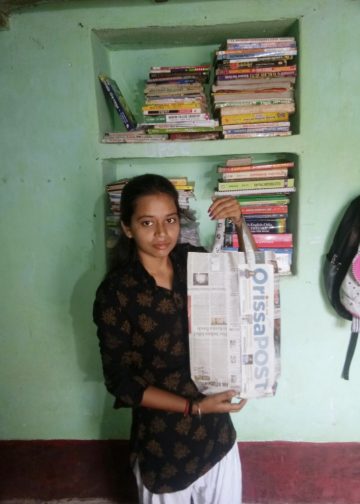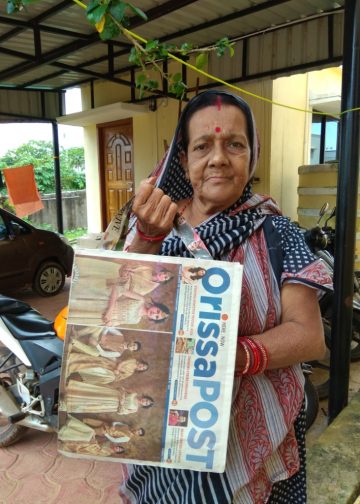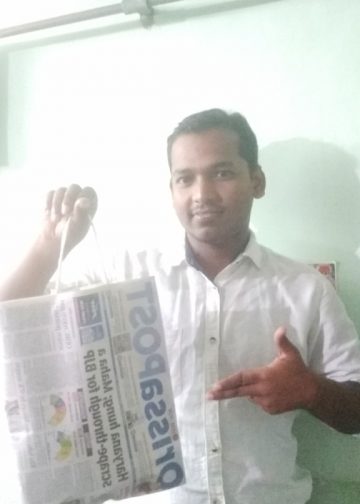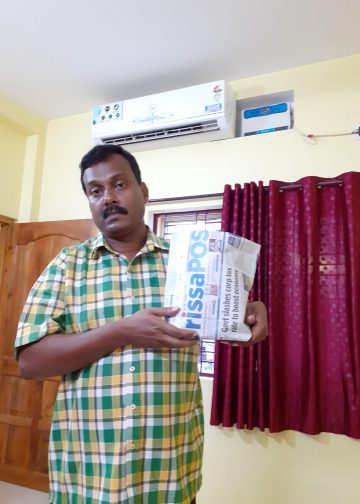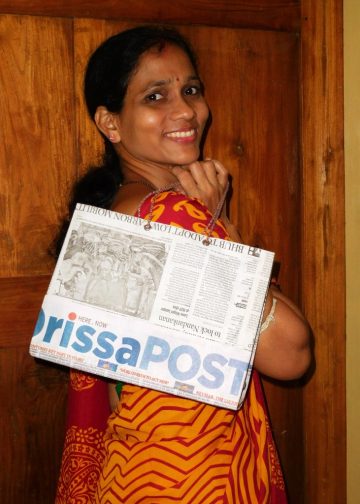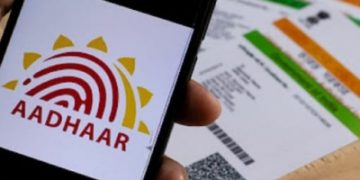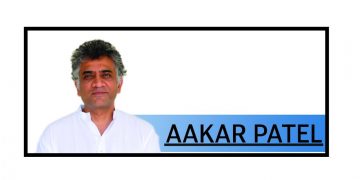QR codes are everywhere! You see them on product packages, restaurant menus, movie tickets, and even in classrooms. But have you ever wondered how these strange-looking black-and-white squares work? Let’s break it down in a simple way.
What’s Inside a QR Code?
A QR code looks like a random pattern of black and white squares, but it actually follows a well-structured design.
Position markers: If you look closely, you’ll see three big squares in three corners of the QR code. These help your phone’s camera understand the code’s position and orientation. No matter how you scan it—upside down or sideways—your phone can read it correctly.
Tiny squares and binary code: The smaller black and white squares inside the QR code store information in a special language called binary code. Each black square represents “1,” and each white square represents “0.”
How does your phone read a QR code?
Let’s say a QR code stores a website link. Here’s what happens when you scan it:
- Your phone’s camera detects the position markers to locate the QR code.
- The scanner reads the pattern of tiny squares and translates the binary code into text.
- If the QR code contains a website link, your phone opens the link automatically!
What happens if a QR code is damaged?
Sometimes, QR codes get smudged or partially torn. So, will they still work? Yes! QR codes have a clever system called error correction.
Also Read: New FBI Director Kash Patel sworn in as acting ATF chief, say sources
QR codes store extra backup data, so if some parts are missing, the scanner can rebuild the missing sections by analyzing the remaining pattern. Depending on the level of error correction, a QR code can still work even if up to 30% of it is damaged!
Are QR codes safe?
QR codes are fast, easy to use, and can store a lot of information. That’s why they are commonly used for payments, event tickets, business cards, and learning materials. They are generally safe, but always check the website they redirect you to before proceeding.
So next time you scan a QR code, you’ll know exactly how it works—like a secret message hidden in tiny black and white squares!
PNN

